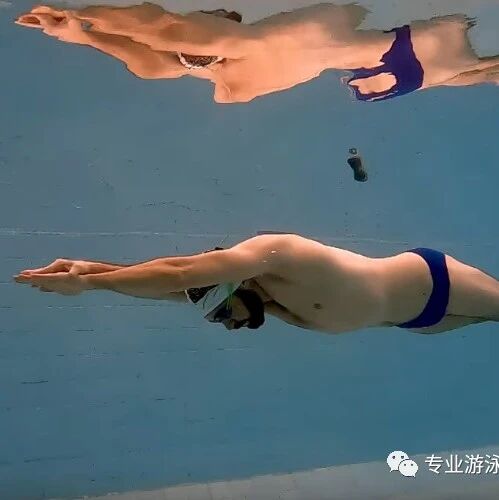Master the details of the freestyle stroke and time your movements—understanding the benefits of the two-beat kick.
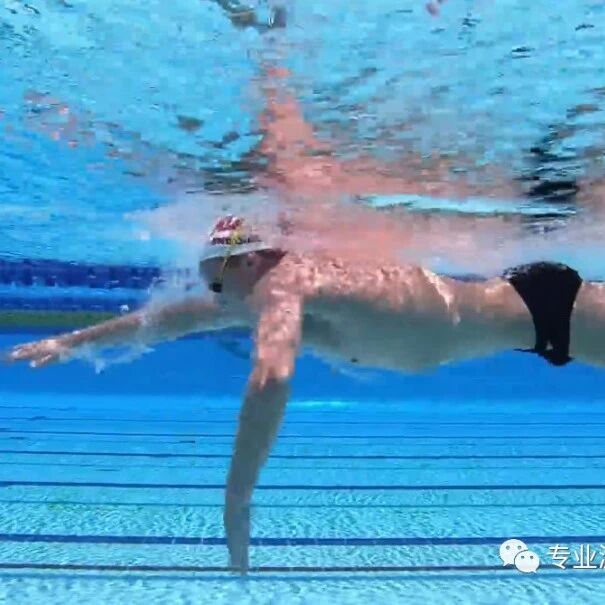
Swimming well depends on two key factors: first, strength—or rather, physical fitness—and second, technique, which allows you to achieve better propulsion with the same amount of effort. From a physics perspective, the same force should produce identical results in terms of movement; after all, swimming cannot defy the laws of physics. What we call "technique" is simply about optimizing how you apply and harness your strength—whether by timing your movements precisely or by directing your force in the most efficient way. At its core, mastering swimming technique means coordinating multiple forces effectively, ensuring that timing and direction are perfectly aligned to generate maximum combined propulsion. Conversely, if you find yourself struggling to swim effortlessly or moving slower than expected despite exerting the same level of energy, it’s likely a sign that there’s an imbalance in how you’re coordinating your strength. To address this, you’ll need to refine your awareness of the water, pinpointing exactly where your timing or directional control may be lacking—and identifying whether any opposing forces are canceling each other out. Let’s now analyze this from three perspectives.
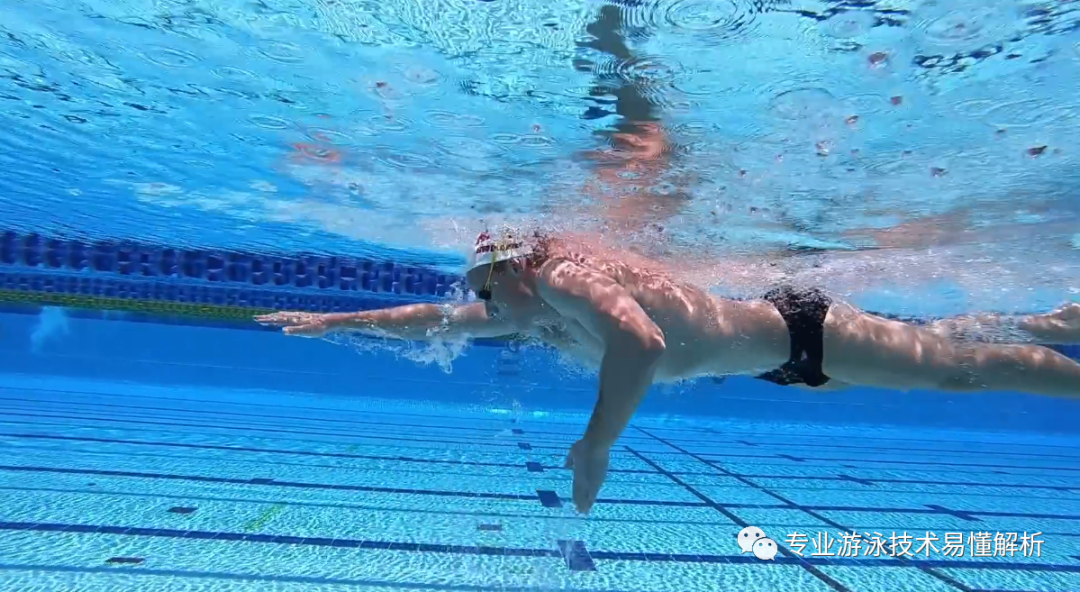
1. The "Drawbacks" of 6 Kick Repetitions
Slowing down, moving closer, and calming our minds help us notice the details and true essence of things. Take the flutter kick in freestyle as an example: performing six kicks per stroke can generate powerful forward propulsion—but it may also mask weaknesses or mistakes in your arm movements, such as improper water catch or push. Moreover, executing six kicks can negatively affect your body’s ability to maintain balance and coordinate upper and lower limbs efficiently while swimming. At the same time, this kicking pattern naturally engages your core muscles by tightening your core and hips, helping you tap into that essential power. However, it often leads beginners to overlook the finer timing required for hip rotation during the stroke.
As a result, while practicing six kicks might initially seem like an effective way to improve leg technique—or even help learners master the whip kick more quickly—the real cost is a noticeable decline in overall balance, arm coordination, and sensitivity to the water itself. Yet these skills—balance, arm movement, and water awareness—are far more fundamental building blocks than mastering the flutter kick alone. In fact, many accomplished freestyle swimmers and professional athletes actually struggle with these basics, particularly when it comes to correcting flawed arm techniques developed during their early kicking practice. Such ingrained habits can ultimately hinder long-term progress and limit their ability to refine their swimming technique further.
The Full Immersion Swimming Practice System emphasizes mastering the fundamentals first, as arm movements are ultimately the primary source of power in freestyle. Once the arm technique becomes consistent and efficient, practitioners can focus on practicing two-beat kicking to refine the coordination between arm strokes and leg kicks during hip rotation—helping them time their movements more precisely. With this improved timing in place, transitioning to six-beat kicking exercises can further enhance freestyle efficiency, creating greater opportunities for swimmers to unlock their full freestyle potential.
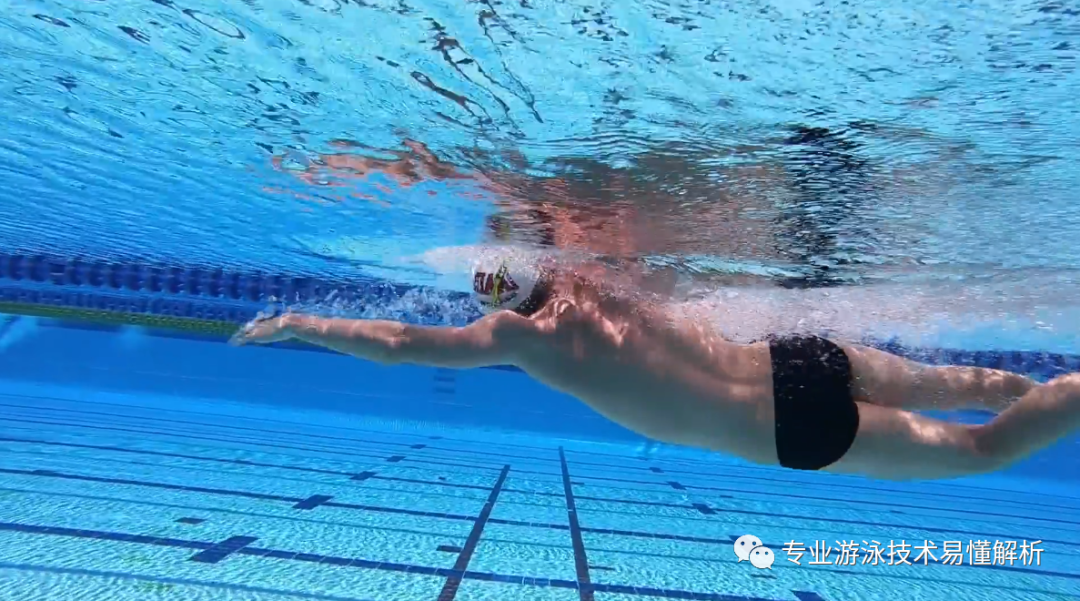
2. Timing for arm entry, leg kicks, and hip rotation
When swimming freestyle, your body alternates movement side to side: the same-side arm performs the pull-through while the same-side leg kicks. This can be visualized as follows: First, the leg kick combined with core engagement initiates a lateral rotation of the body. As the body tilts until it nearly flattens parallel to the water’s surface, the arm begins its catch-and-grip phase, preparing to push through the water. Then, the opposite arm extends smoothly forward, slicing through the water like the prow of a boat, while the pushing arm continues accelerating backward to generate maximum propulsion. During practice, you can experiment by consciously combining two specific movements—for instance, pairing the pulling arm with the extending arm to feel how the shoulder blades work in harmony; coordinating the leg kick with the hip rotation to notice the activation of your core and lower back muscles during the body’s lateral twist; or synchronizing the same-side arm with the kicking leg to better understand the subtle timing—how one action leads just slightly before the other. Remember, these techniques require slowing down to fully grasp the sensations involved. And if, at times, you struggle to feel the right balance, don’t hesitate to deliberately exaggerate your effort initially. By doing so, you’ll first pinpoint the precise muscle engagement, after which you can gradually refine your control, fine-tuning both the intensity and the precise direction and angle of each movement.
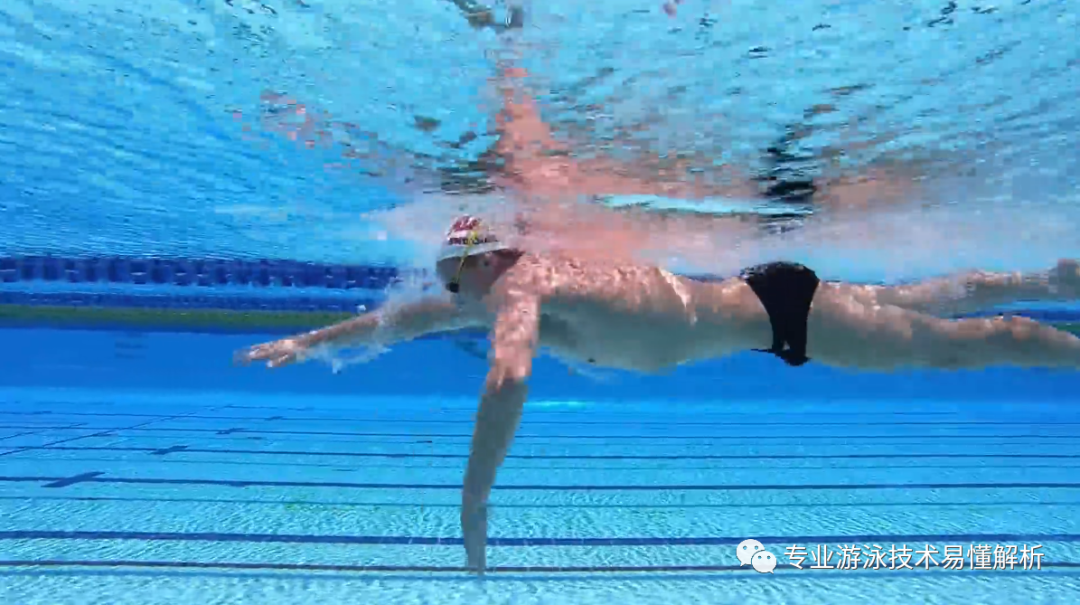
The two-beat kicking motion mirrors the rhythm of walking on land: as one arm swings forward, it corresponds to the freestyle arm entering the water; when the arm swings backward, it mimics the freestyle arm pushing through the water. Importantly, while one arm moves forward, the opposite arm naturally follows by swinging backward—just like in freestyle, where one arm extends forward while the other pushes backward against the water. Similarly, when one leg steps forward, it mimics the downward kick used in freestyle; conversely, "stepping back" with a leg would correspond to the upward kick toward the surface. Of course, in normal walking, there’s no such thing as "stepping back"—since one leg is already moving forward, the other leg naturally appears to be "stepping back." When performing the freestyle kick, while one leg drives downward, the other leg should remain relaxed and natural, rather than deliberately kicking upward.
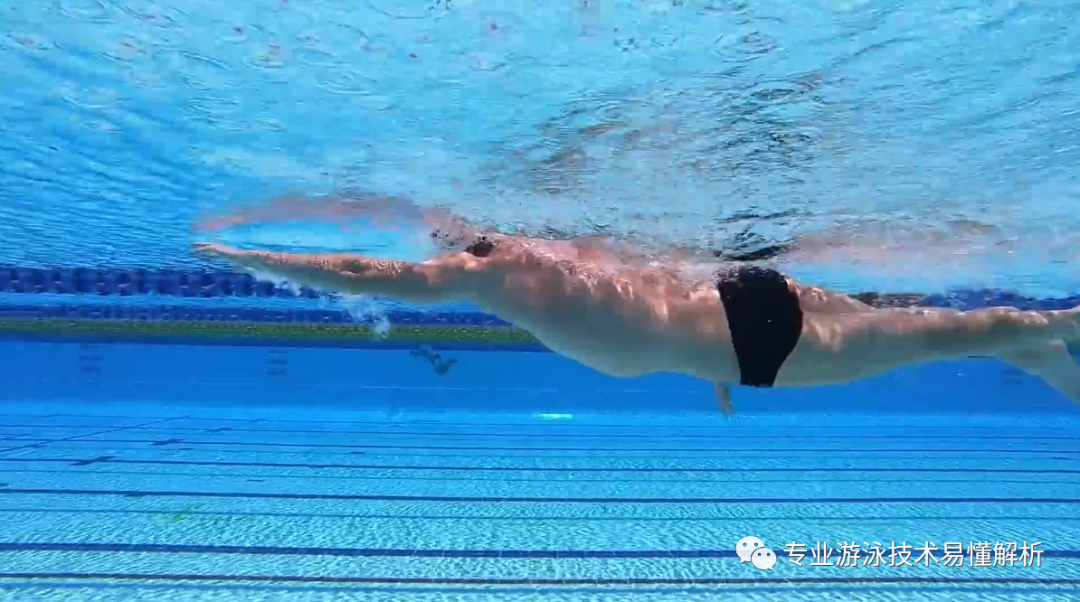
3. Don’t hold the sideways turn for too long, and avoid relying too much on inertia to glide.
Whether it’s breaststroke, freestyle, or butterfly, there’s always forward gliding—this glide is simply a result of the swimmer’s momentum. However, in swimming, it’s best not to rely on this gliding motion to conserve energy. In fact, gliding itself merely consumes leftover reserves, offering a fleeting sense of relaxation that can sometimes lull swimmers into complacency—or even tempt them to pause and rest briefly.
In reality, what keeps a swimmer moving forward isn’t the glide, but rather the relentless rhythm of continuous arm strokes and leg kicks. That said, the concept of gliding does highlight an important principle: the body achieves its greatest distance underwater when lying flat on the surface. Conversely, while turning onto your side might seem like it reduces water resistance, this position actually diminishes buoyancy significantly, ultimately shortening the distance you can glide.
Understanding this is crucial: it means that when the body shifts into a flat, prone position, the arms should immediately enter the push phase—rather than initiating the push while the body remains in a sideways orientation. Two common mistakes deserve special attention: First, when the body is still rotated to the side, the forward-reaching arm tends to drift off course—either moving too far away from or too close to the body’s central axis. Second, holding the body in a sideways rotation for too long can lead to a collapse of the lower back, forcing the swimmer to rely more heavily on their kicks to restore the body to a flat, prone position, which ultimately makes swimming much more exhausting.
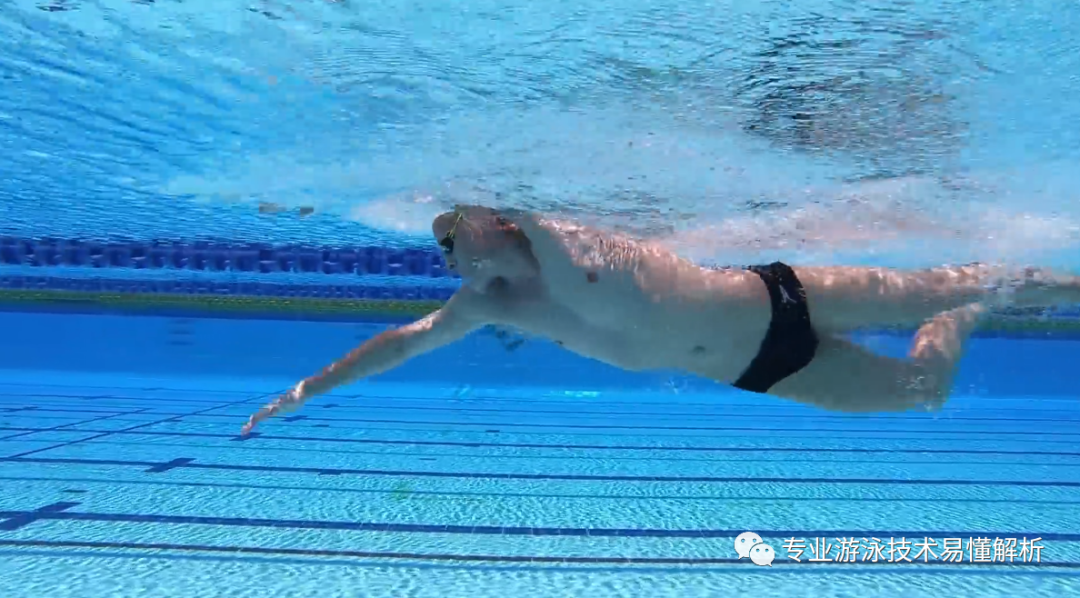
One WeChat official account shares swimming tips, while another focuses on software insights, online resources, and reading experiences.
Thank you for your supportive and encouraging likes, as well as the comments that spark meaningful conversations—and even more, we’d love for you to share and forward this content!
Related Articles
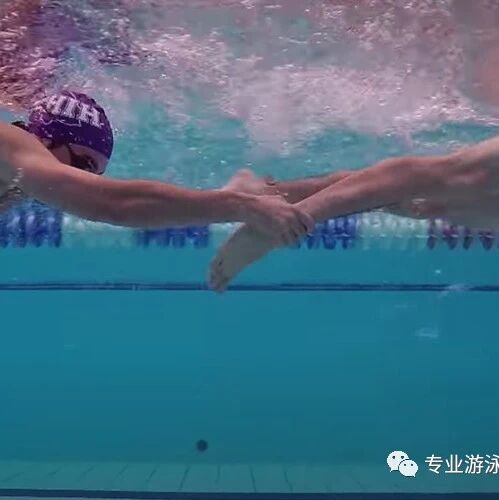
How can you use your hips to make swimming easier and more natural? In freestyle, let your kick flow effortlessly!
For now, let’s put aside the dazzling array of swimming tutorials and focus on finding a practice method that suits you best.
